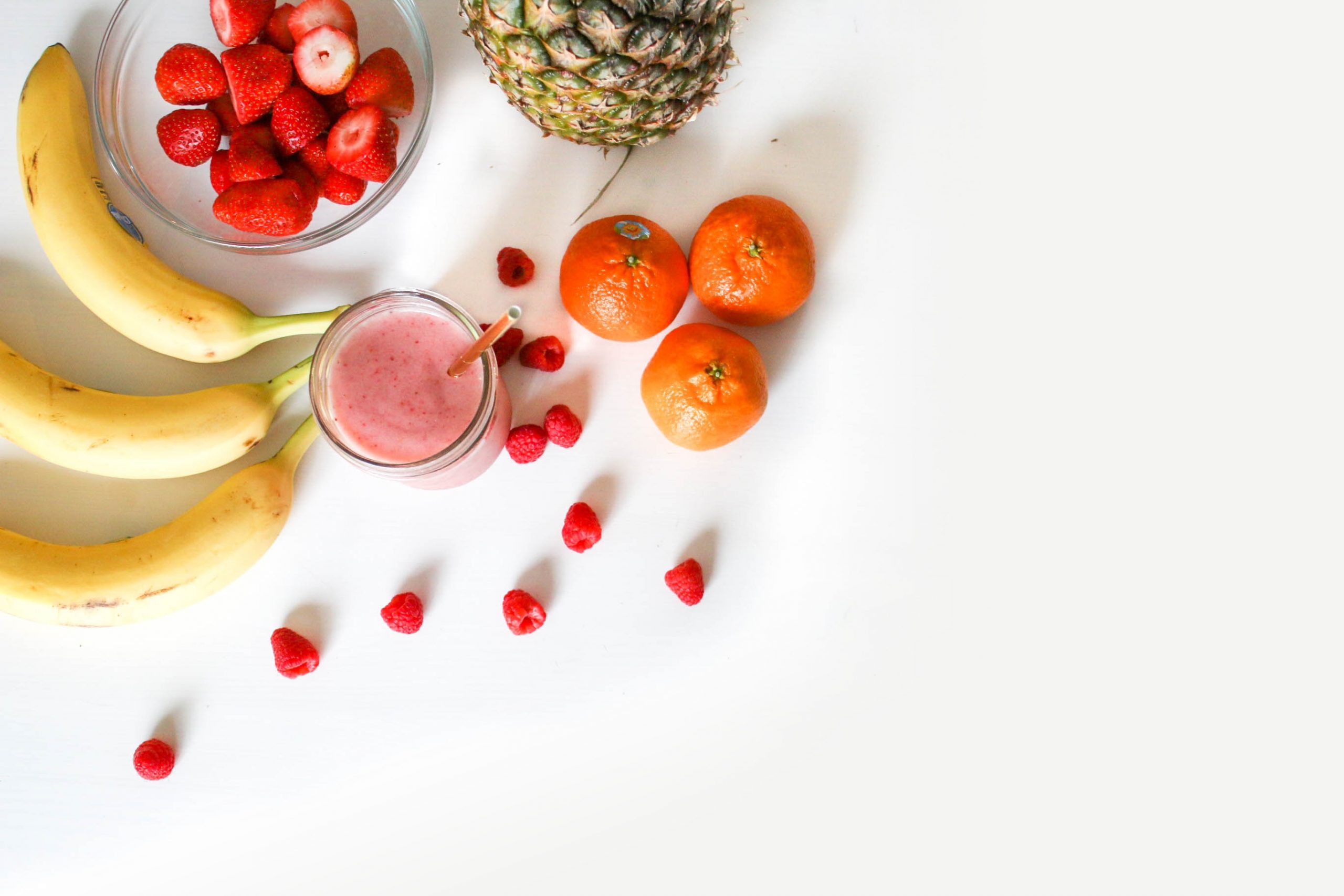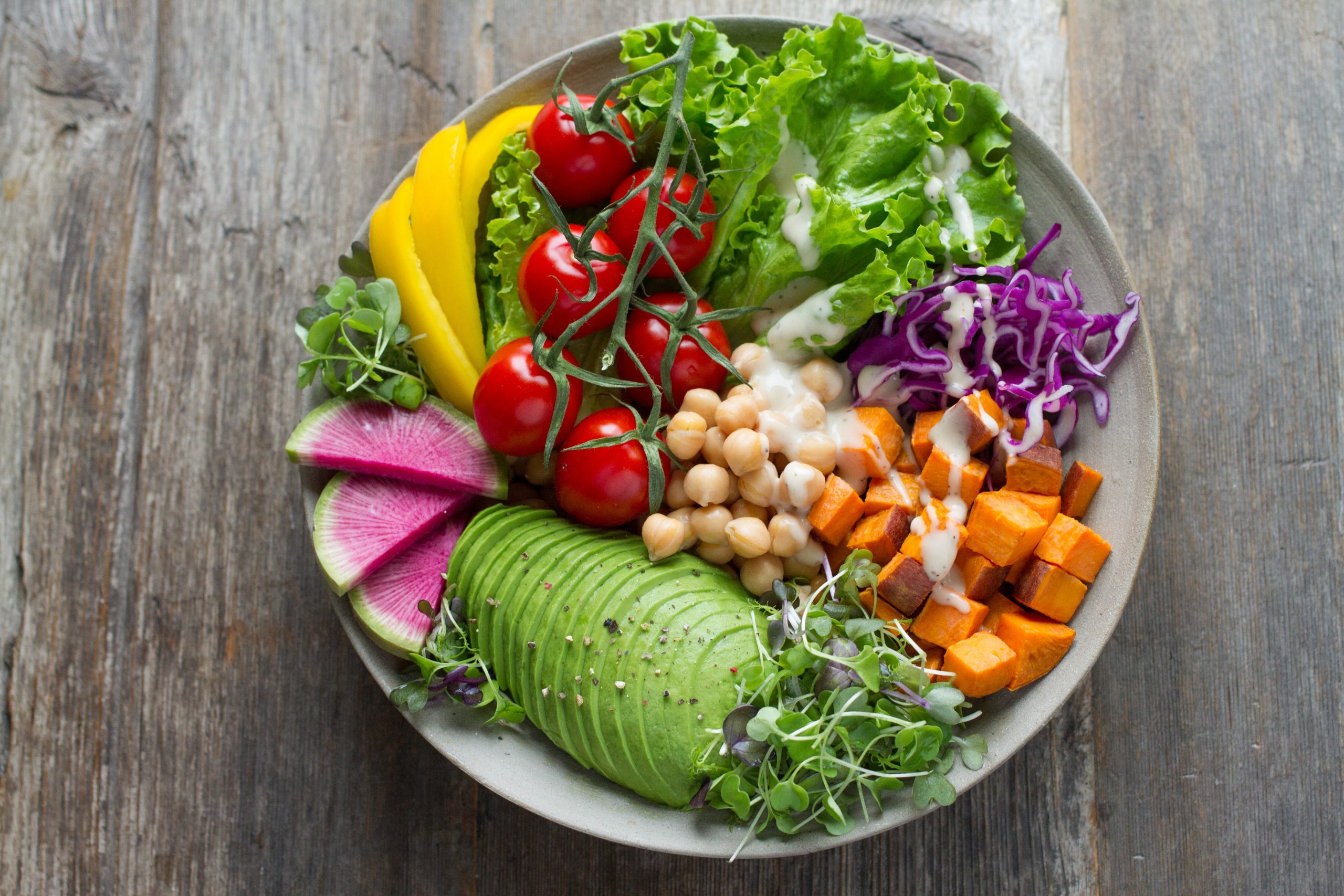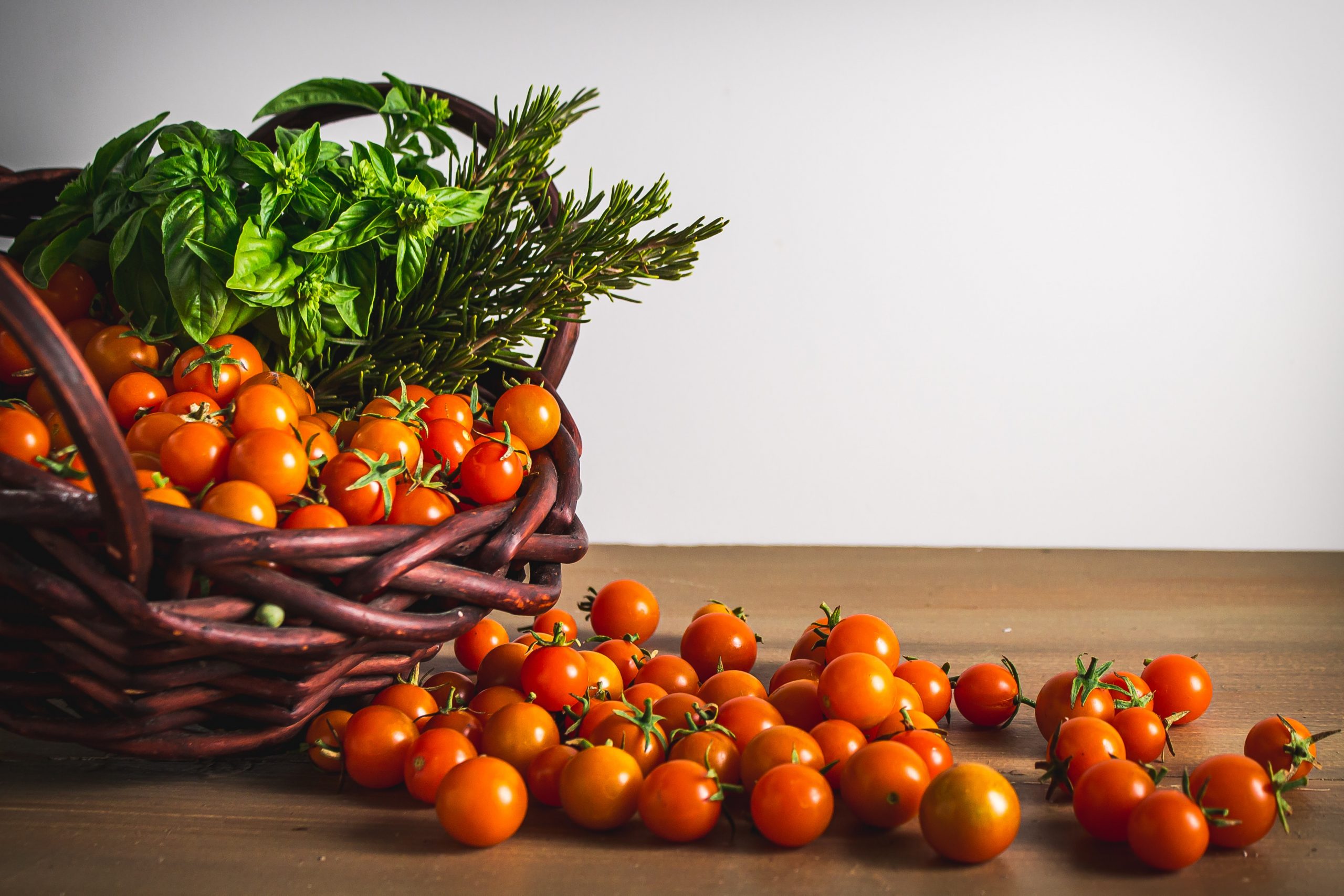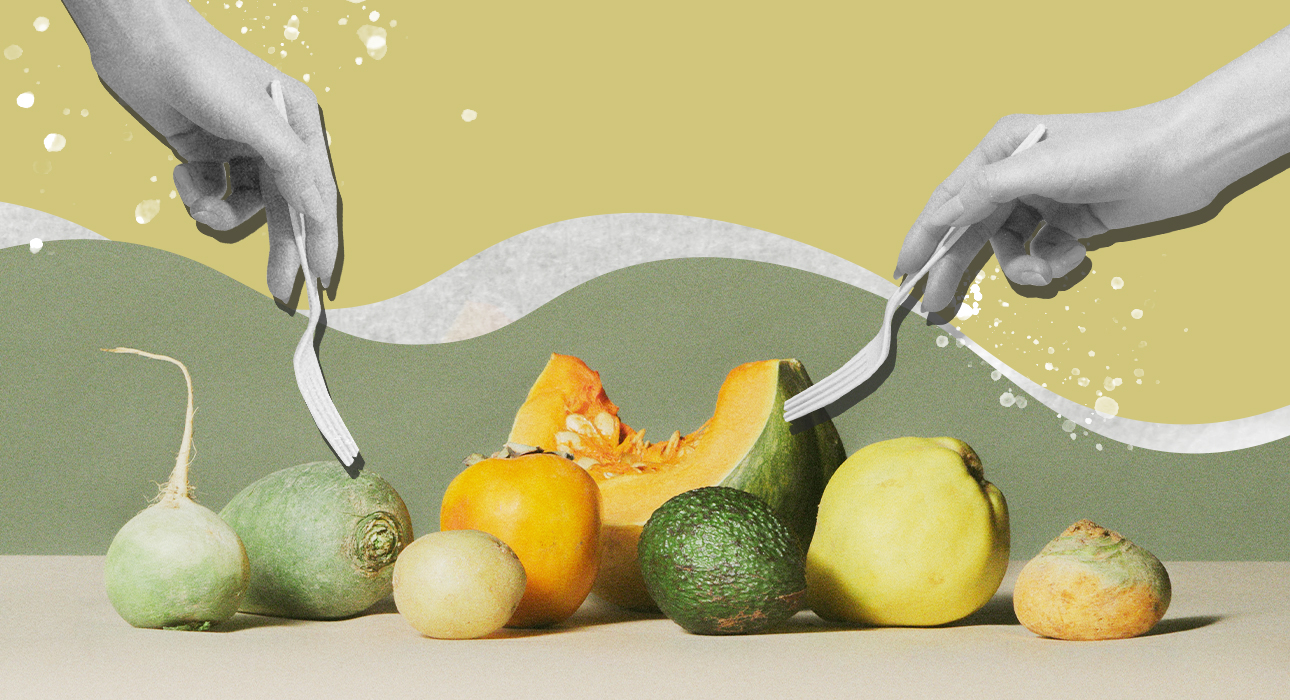When the raw food diet became a new trend in healthy lifestyle a few years ago, it immediately gained millions of followers. Including A-list stars – Angelina Jolie, Jared Leto and Madonna. The fashionable diet in Russia also took root with a bang: thematic blogs began to appear on social networks, new menu items appeared in restaurants, and even raw food festivals began to be held in large cities.
But doctors still disagree on whether this type of diet is beneficial. In general, a raw food diet does not include any heat treatment of products such as boiling, frying, drying or steaming. Adherents of this type of nutrition mean that in this way products retain their beneficial properties, nutrients and enzymes, that is, they only benefit the body. However, several accidents have already been recorded when such a diet resulted in death for humans.
In March of this year, a one-month-old baby died of exhaustion in the family of the famous raw food blogger Maxim Lyuty. According to investigators, the man tried to accustom his son to “proper” nutrition from infancy. And although the criminal case has not yet been completed, forensic examination established that the death of the boy was associated with malnutrition and, as a result, pneumonia. The baby’s father claimed he wanted to raise a solar-powered “pranoed” from his son.
Unfortunately, this case is not the only case. However, the followers of the raw food diet still do not stop believing in the benefits of this type of nutrition. Therefore, some adherents of a healthy lifestyle claim that if all the rules of the diet are followed, extra pounds disappear, the water does not linger, and the body feels light.
We decided to delve into all the subtleties of the raw food diet and find an answer to the question of whether there are real health risks or, on the contrary, whether this type of nutrition is useful for those who want to feel better.
What is a raw food diet?

A raw food diet is a diet in which food is not processed or pasteurized. It includes fruits, vegetables, nuts, seeds, sprouted grains and legumes. In general, there are five main variants of the raw food diet.
vegetarian raw food diet – people who adhere to such a system exclude meat and fish from their diet, sometimes also refuse to eat eggs, but this does not always happen. If a person continues to eat eggs, then only in raw form. In addition, a vegetarian raw food diet means, of course, the presence in the diet of unpasteurized milk and dairy products.
vegetarian raw food – This type of raw food diet is considered the most common, despite numerous restrictions. Its adherents completely exclude dairy products, meat and fish, such as vegans, and do not heat food above 40-49º C.
Paleo raw food – This type of nutrition is also called the carnivorous raw food diet or the nutrition of the Paleolithic period. Adherents of this type of diet almost completely exclude fruit from the diet, but actively rely on eggs, fish and meat, which are almost unprocessed (food cannot be cooked above 40º C), believing that it was raw animal food that contributed to its prehistoric evolutionary development. human brain.
fruit growing – Ideally, fruit growers should eat only the thermally untreated fruit of fruit plants and, with rare exceptions, the fruit. However, those who call themselves fruit makers often also eat raw vegetables. The difference between fruit growers and raw foodists is that they don’t eat nuts, legumes, and grains.
Monotrophic raw food diet – in simple terms, this is a mixture of a kind of raw food diet and separate nutrition: at one meal, adherents of such food eat only a certain type of food (for example, nuts or apples).
Approved Products

- Beans (naturally uncooked)
- Dried fruits (naturally dried)
- fresh fruits and vegetables
- Fresh fruit and vegetable juices
- Sweetcorn
- Young coconut milk
- Hazelnut
- Purified water
- seaweed
- seeds
- Other unprocessed organic or natural products
Benefits of a raw food diet

Marina Melnikova, nutritionist and nutritionist
One of the most important benefits of eating raw foods is their nutritional value. Fruits and vegetables are high in vitamins, minerals and antioxidants that support overall health. Accordingly, a diet rich in raw foods can help lower cholesterol levels and improve digestion due to its high fiber content.
Additionally, the raw food diet is an environmentally friendly diet option as it reduces waste from processing or overpackaging.
health risks

Some nutrients, such as vitamin B12, are only found in animal products that are not included in the raw diet. Additionally, people with autoimmune diseases may exacerbate certain autoimmune diseases, such as Crohn’s disease or rheumatoid arthritis, when eating fruits and vegetables alone.
Also, due to the unpredictable nutrient content, the likelihood of an allergic reaction increases when eating unusual or unprepared food.
Conclusion: cook or not?
Doctors unanimously claim that a short-term raw food diet can benefit the body: it cleanses the intestines, lowers cholesterol, aids weight loss and transforms the skin. However, long-term consumption of purely raw foods can eventually lead to a host of diseases. Therefore, it is important to know the measure in everything. And the main rule you need to learn is to listen to your body, which knows better what works for it and what does not.
Source: People Talk
I’m Roger Gritton, and I’ve been writing for the The Fashion Vibes for over 5 years now. My specialty is beauty news; I’m passionate about covering the latest trends, products, and innovations in the industry. In my time there, I’ve become known as an authority on all things beauty-related.
I love discovering new experts to interview, researching up-and-coming ingredients and techniques that are making their way onto our beauty shelves and highlighting people who are making a difference in the world of cosmetics. My work has appeared not only on The Fashion Vibes, but also several other publications including the New York Times Magazine, Allure Magazine and Refinery29.





